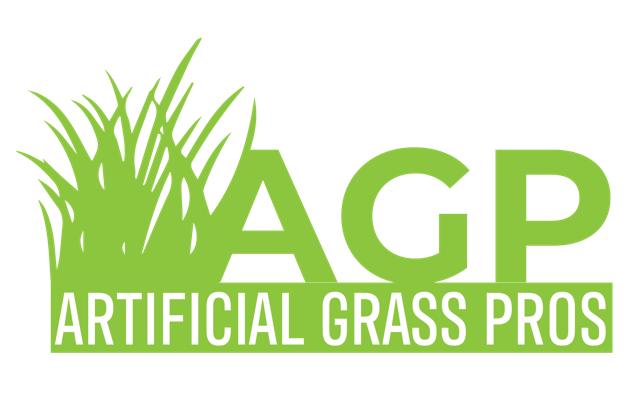Creating a safe, fun, and sustainable playground for children involves more than just swings and slides. The surface of the playground is a crucial element that can significantly impact safety, durability, and usability. In recent years, synthetic grass has become a popular choice for playgrounds, offering numerous advantages over traditional natural grass or other hard surfaces like mulch, gravel, or rubber.
Here’s why incorporating artificial turf on a playground is a game-changer:
1. Enhanced Safety
The top priority for any playground is ensuring a safe environment for children to play in. Artificial turf provides a soft, cushioned surface that significantly reduces the risk of injury from falls. Many artificial grass installations for playgrounds come with an additional layer of padding underneath, designed to absorb impact and shock. This feature is essential in high-traffic areas under swings, slides, and other play equipment.
Unlike more complex surfaces, synthetic grass is non-abrasive and minimizes scrapes, bruises, and other minor injuries children may encounter while playing. It’s also free from the uneven patches, holes, or rocks that often come with natural grass, creating a smooth, reliable play area.
2. All-Weather Playability
One of the biggest advantages of synthetic grass is its durability and weather resistance. Playgrounds with natural grass can become muddy and unusable after rain, leading to downtime for play. Synthetic grass, on the other hand, drains quickly and dries fast, allowing children to enjoy the playground year-round, regardless of weather conditions.
Astroturf doesn’t wear out in the sun or get muddy during the rainy season. It is perfect for climates like Florida, where extreme heat and sudden rain showers can quickly degrade traditional grass.
3. Low Maintenance
Maintaining a playground can be challenging and expensive, especially when natural grass is involved. Mowing, watering, fertilizing, and reseeding are constant requirements to keep a playground lawn looking pristine. However, synthetic turf requires little maintenance, freeing up valuable time and resources for other projects.
Since artificial turf doesn’t grow, it eliminates the need for constant mowing and trimming. It also doesn’t require watering, significantly reducing water usage and costs. Artificial turf won’t get patchy, worn out, or discolored, ensuring a consistently vibrant and inviting playground surface.
4. Cleanliness and Hygiene
Playgrounds can get dirty quickly, with kids tracking mud, dirt, and debris. Synthetic turf minimizes this issue because it doesn’t hold onto dirt like natural grass. It resists mud and provides a clean surface for children to play on.
Additionally, artificial turf is easier to sanitize and clean. Many types of synthetic grass have built-in antimicrobial properties, helping to reduce the growth of harmful bacteria and germs. This feature is essential for playgrounds, where children are constantly in contact with the ground.
5. Eco-Friendly Option
Contrary to what some might think, synthetic turf can be an eco-friendly playground option. Eliminating the need for watering, pesticides, and fertilizers helps reduce water waste and the use of harmful chemicals. Many modern turf products are also recyclable, further minimizing environmental impact.
For regions experiencing water shortages or strict water usage regulations, like parts of Florida, synthetic turf is an excellent solution that conserves precious resources while maintaining a green, vibrant play area.
6. Versatility and Aesthetic Appeal
Artificial grass is available in various colors, textures, and pile heights, allowing you to customize the look and feel of the playground. From vibrant greens to more muted tones, you can create a visually appealing environment that enhances the overall playground experience. This flexibility makes it easy to design around specific play equipment, walkways, or shaded areas, giving the entire space a polished, cohesive look.
Whether you’re designing a playground for a school, park, or residential area, artificial turf offers versatility that natural grass can’t match. It can also be installed in areas where it is difficult for natural grass to grow, such as under tree canopies or in shaded spots.
Conclusion
Playgrounds are places of joy and exploration, and the right surface can enhance children’s play experience. Artificial turf offers a combination of safety, durability, low maintenance, and eco-friendly benefits that make it a superior choice for playgrounds. By investing in synthetic grass, you can create a play area that is not only beautiful but also safe, sustainable, and ready for play—rain or shine.

Recent Comments